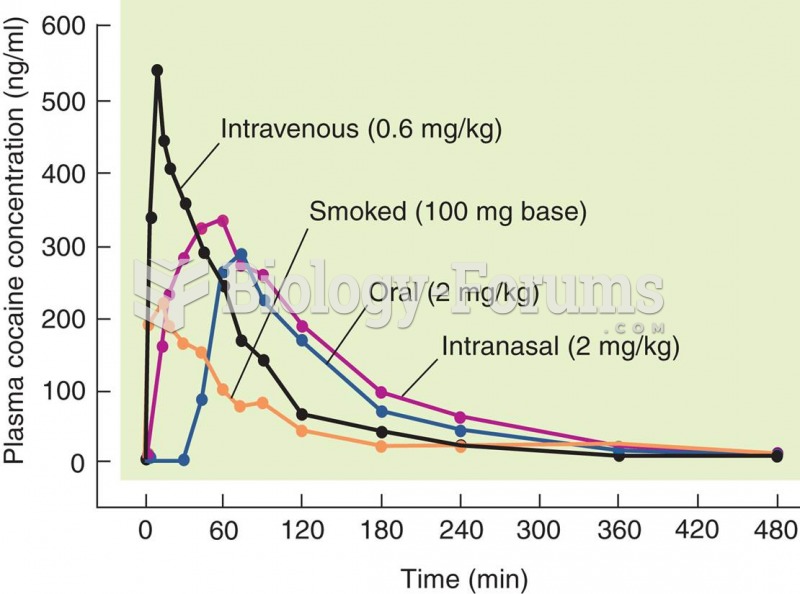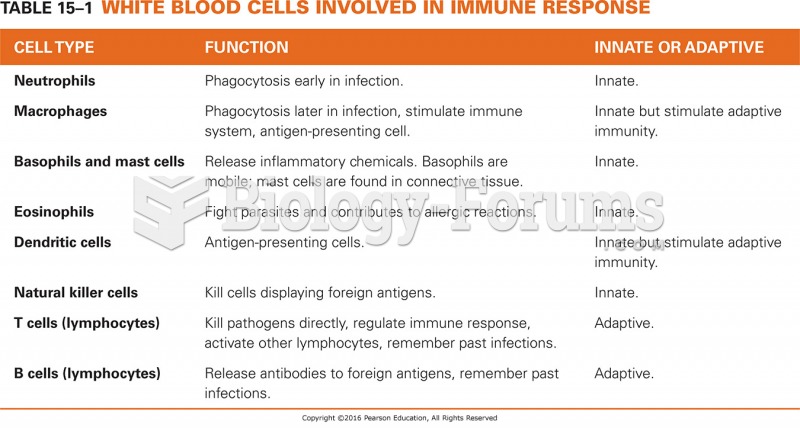The blood pressure and pulse rates for a client admitted last night with a compound fracture of the
femur sustained in a fall while intoxicated, are recorded as follows:
admission 2 AM, 122/80 mm Hg and 72 beats/min
4 AM, 126/78 mm Hg and 76
beats/min
6 AM, 124/80 mm Hg and 72 beats/min
8 AM, 132/88 mm Hg and 80 beats/min
10 AM, 148/88 mm Hg and 96 beats/min
The priority action for the nurse to take is to
a. encourage the client to drink plenty of liquids.
b. obtain a clean-catch urine sample.
c. place the client in a vest-type restraint.
d. notify the physician.
Question 2A man, aged 84 years, was stopped for going through a red light in a small town where he has lived
all his life. He told the officer It wasn't there yesterday. He was unable to tell the officer his address and demonstrated labile mood, seeming pleasant one minute and angry the next. The officer took the individual to his home to discuss his condition with the family and found that he lives with his wife, who is legally blind. She stated He's my eyes and I'm his mind.. She also related that her husband wanders around the neighborhood, sometimes taking tools from people's garages, saying they belong to him. She reluctantly agreed that he should go to the emergency department for
evaluation. He was diagnosed with Alzheimer's disease. The cardinal sign of Alzheimer's disease demonstrated by the client is
a. aphasia.
b. apraxia.
c. agnosia.
d. memory impairment.







